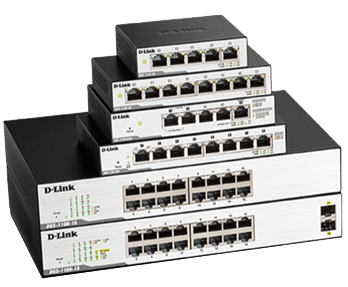Home Network Switch Buyers Guide
A network switch is device that connects multiple computers or smart home accessories such as lights, heating, cameras or storage to enable them to communicate within your home and share your Internet connection so they can be controlled when you are away. Most broadband routers, - normally provided by your Internet provider, have an inbuilt 4-port switch, so additional network switches would be needed if you wish to connect more devices via a wired connection.
This guide will take you through when to consider buying a network switch, how to ensure optimal compatibility with your router and what features you should look for. Let’s get started.


